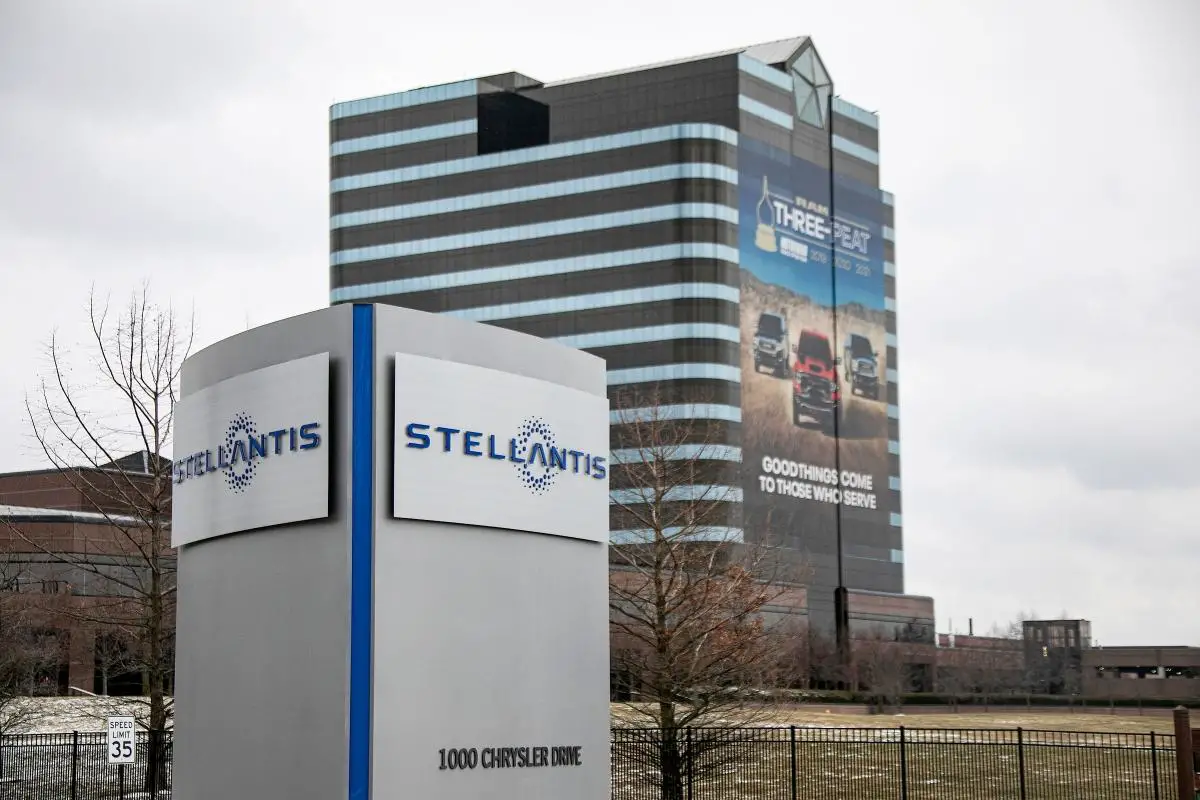Stellantis saw its revenues drop 27% in the third quarter across the globe compared with the same period a year ago as the automaker worked to address a variety of challenges, particularly its hefty inventory numbers in the United States.
A decline wasn’t unexpected, as the automaker had released an estimate two weeks ago of its shipments, which were down everywhere but in South America, but the revenue drop hit every region and the company’s luxury Maserati brand. The company reported global revenues of $36 billion (33 billion euros) for the quarter and consolidated shipments of 1.1 million units, down 20%, which mirrored the forecast.
Stellantis, unlike its Detroit Three competitors, releases full earnings reports only for the first and second half of each year, so the results released Thursday don’t show how profitable the automaker was. For the quarter, Ford reported adjusted operating earnings of $2.6 billion, up 18%, and General Motors reported adjusted earnings before interest and taxes of $4.1 billion, up 15.5%, according to prior Free Press reporting.
More: UAW’s Fain says strike will cripple Stellantis
Among Stellantis’ regions, North America had the steepest revenue decline, down 42% to more than $13 billion (12 billion euros), compared with the same period in 2023. The official tally on shipments was a 36% decline to 299,000 units.
As for net revenues in the other regions, enlarged Europe was down 12%, Middle East and Africa had a 37% drop, South America declined 2%, China, India and Asia-Pacific fell 40% and Maserati, which is typically reported with the company’s regions, fell 61%.
The company, which owns the Jeep, Ram, Chrysler, Dodge and Fiat brands, said it also reaffirmed its previously reduced financial guidance for the year, with an adjusted operating income margin of 5.5 to 7% and industrial free cash flows down more than $5 to $10 billion (5 to 10 billion euros).
Doug Ostermann, who was named as chief operating officer a few weeks ago in a management shakeup, noted the impact of what he called temporary operational issues and said the company is positioned to absorb what is likely to be a “negative cash flow this year.”
“We fundamentally have a strong balance sheet,” he said.
More: Stellantis has time to pick Tavares’ successor, but that doesn’t mean it will be easy
In its news release, the company noted that its stock buyback program of more than $3.36 billion (3 billion euros) was completed in October, returning a total of $8.4 billion (7.7 billion euros) to shareholders in 2024. However, Ostermann noted that a discussion around stock buybacks would be warranted.


Leave a Comment